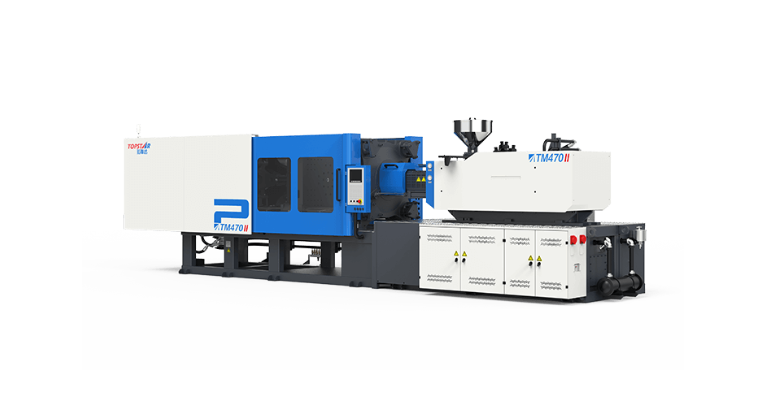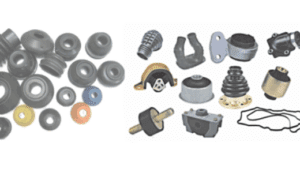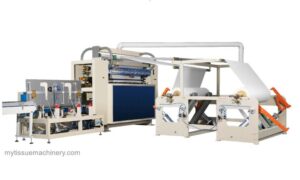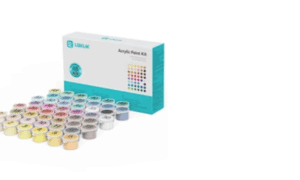Plastic molding machines are precision injection molding equipment that relies on proper pressure control to produce consistent, high-quality parts. Pressure problems can lead to product defects, machine damage, and costly downtime. This guide explores several key solutions to diagnose and fix common pressure-related problems on plastic molding machines, helping operators maintain optimal performance and product quality.
Diagnosing Pressure Fluctuations on Plastic Molding Machine
The first step in resolving pressure issues is an accurate diagnosis. Common symptoms include inconsistent part dimensions, flash, undershot, or visible flow marks. Start by checking the hydraulic pressure gauge during operation; fluctuations of more than ±5% indicate a problem. Monitor injection and holding pressures separately, as they can have different potential causes.
Create a pressure profile to compare current readings to the machine’s baseline performance. Note whether the problem occurs during the initial injection, packing, or holding phases. Modern injection molding machines equipped with intelligent control systems can often display pressure profiles to help pinpoint exactly when deviations occur in the cycle. Before moving on to more complex troubleshooting, don’t overlook simple causes, such as loose fittings or a damaged pressure gauge.
Maintaining the Hydraulic System of a Plastic Molding Machine
Hydraulic problems cause most pressure problems on plastic molding machines. First, check the hydraulic fluid level and condition—contaminated or deteriorated fluid can cause unstable pressure. Change filters regularly according to the manufacturer’s specifications, typically every 1,000-2,000 hours. Check hoses, fittings, and cylinders for leaks that could cause pressure drops.
Monitor oil temperature, as overheating (over 60°C/140°F) thins the fluid, reducing system pressure. Clean heat exchangers and ensure cooling systems are working correctly—test pump performance by measuring flow at different pressures. If a pump’s performance drops by over 10%, it should be rebuilt or replaced. Consider upgrading to synthetic hydraulic fluid for better temperature stability in demanding applications.
Adjusting the Pressure Control Valve of a Plastic Molding Machine
A faulty or improperly adjusted pressure control valve is often the cause of molding problems. Start by cleaning the valve assembly, as particle contamination usually affects performance. Check the valve core or seat for wear that could cause pressure bypass. Verify that the proportional valve receives the correct electrical signal from the controller.
When adjusting pressure settings, make minor incremental adjustments (5-10% at a time) and record each adjustment. A calibrated pressure gauge is used to verify and set the actual pressure difference and set. Remember that injection and holding pressures often require different settings—holding pressure is typically 30-50% of injection pressure. For machines with servo-electric systems, check sensor calibration and motor current readings.
Optimize Barrel Temperature Profile
Inconsistent temperature in the barrel can indirectly cause pressure problems by changing material viscosity. Verify the accuracy of thermocouples by comparing readings with a handheld infrared gauge. Check heaters for proper operation and replace any with resistance values that deviate more than 10% from the specification. Establish an appropriate temperature profile for each material—usually increasing from the rear zone to the front zone. Too low a temperature will increase viscosity and require higher injection pressure, while too high a temperature will cause material degradation. Monitor temperature stability during operation; temperature fluctuations of more than ±5°F (±3°C) indicate a control problem. If temperature fluctuations are large, consider adjusting the PID controller.
Solve Nozzle and Screw-Related Pressure Issues
Nozzle and screw issues directly affect injection pressure. Check nozzle tips for wear or blockage that restricts material flow. Check nozzle-to-mold contact force for the right amount of force. Too little contact force can cause leaks, while too much can cause part deformation. Check screw and retaining rings for wear that prevents material from backflowing. Measure screw recovery time—a sudden increase in recovery time may indicate component wear. Check screw rotation pressure during plasticizing—this pressure should remain stable throughout the recovery process. If changing colors or materials, clean thoroughly to prevent contamination that can affect viscosity.
Maintain Optimal Pressure for High-Quality Molding
Pressure issues on plastic molding machines can occur for various reasons, but systematic troubleshooting can often lead to simple solutions. By addressing hydraulic systems, control components, temperature settings, and mechanical wear, manufacturers can maintain consistent pressures for high-quality production. Regular maintenance and operator training can prevent most problems.



































